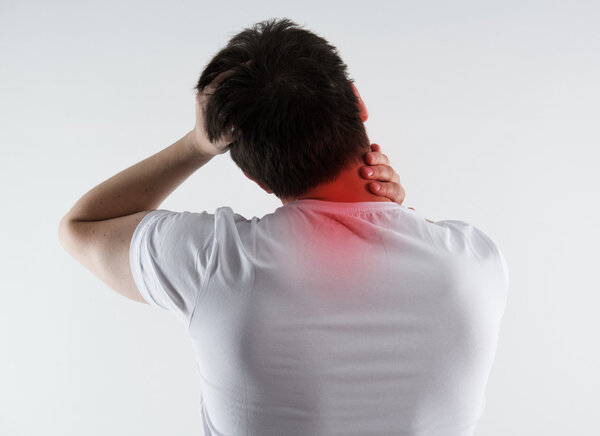A headache caused by neck tension is often referred to as a tension-type headache or cervicogenic headache. It typically results from tightness in the muscles of the neck, shoulders, and upper back, as well as restrictions in the cervical spine. Stress and emotional tension increase muscle guarding, worsening headaches.
Neck tension headaches are characterized by a dull, aching pain that typically starts at the base of the skull and radiates to the forehead or temples. Common symptoms also include tightness and stiffness in the neck and shoulders. The pain may intensify with certain head movements or prolonged positions. Additionally, individuals may experience sensitivity to light or mild nausea, though these symptoms are generally less severe than those associated with migraines.
In a multidisciplinary clinic, chiropractors, acupuncturists, massage therapists, and physiotherapists can collaborate to provide a comprehensive treatment plan for neck tension headaches. Each discipline brings a unique approach, and combining them can enhance recovery, relieve pain, and prevent recurrence.
1. Chiropractic Care – Spinal Alignment & Joint Mobility
A chiropractor would assess spinal alignment and joint mobility, focusing on cervical vertebrae (C1-C3), which are commonly involved in tension headaches.
Techniques Used:
- Spinal Adjustments: Improve joint function, reduce nerve irritation, and relieve muscular tension.
- Cervical Mobilization: Gentle stretching and mobilization to improve neck movement.
- Postural Correction: Teaching proper head and neck positioning to prevent future strain.
2. Acupuncture – Pain Relief & Muscle Relaxation
Acupuncture helps reduce muscle tightness, improve circulation, and regulate nervous system function.
Techniques Used:
- Acupuncture: Release tension at the base of the skull, clears tension headaches, and helps with cervical spine-related headaches.
- Cupping Therapy: Relieves myofascial restrictions in the neck and shoulders.
3. Massage Therapy – Trigger Point & Myofascial Release
Massage therapy reduces muscle tension, releases trigger points, and improves blood circulation.
Techniques Used:
- Deep Tissue Massage: Targets tight muscles such as the upper trapezius, SCM, and suboccipitals.
- Trigger Point Therapy: Releases headache-related knots in the neck and shoulders.
- Myofascial Release: Loosens fascia restrictions contributing to tension headaches.
4. Physiotherapy – Strengthening & Postural Correction
Physiotherapists focus on long-term correction of movement patterns and strengthening weak muscles to prevent future headaches.
Techniques Used:
- Manual Therapy & Joint Mobilization: Improves cervical spine mobility.
- Stretching Exercises:
- Upper trapezius & levator scapulae stretch
- Chin tuck exercises for deep neck flexors
- Postural Training: Strengthening deep neck flexors to counteract forward head posture.
In summary, this integrative approach addresses spinal alignment, muscle tension, trigger points, and postural imbalances, providing both immediate relief and long-term prevention. By combining hands-on treatments with corrective exercises and stress management, patients experience comprehensive care that targets the root cause of their headaches, leading to lasting pain relief and improved well-being.
If you need more information, our great team is here to help you. Please don’t hesitate to reach out to us! Book online or call at (905) 257 – 5888.

